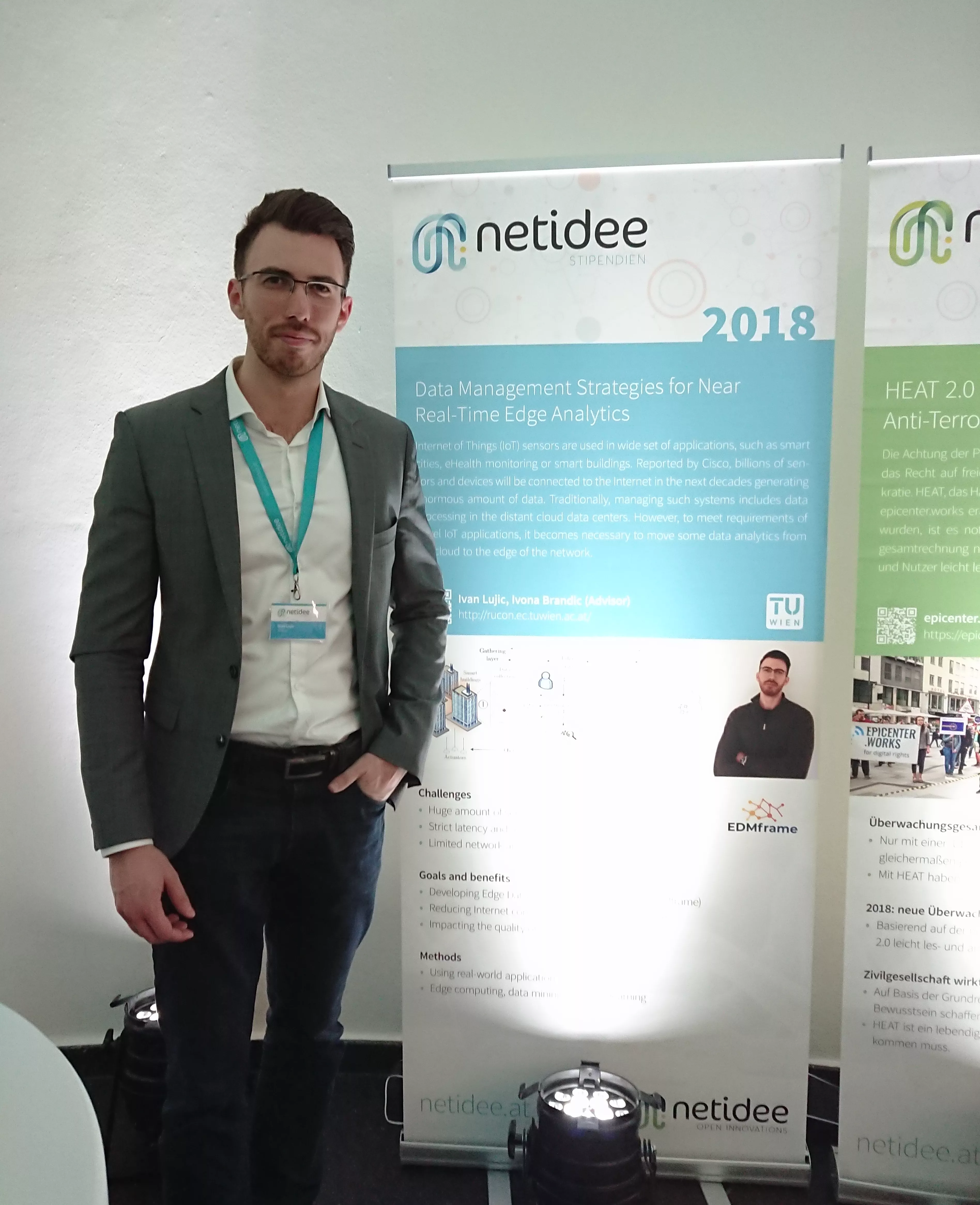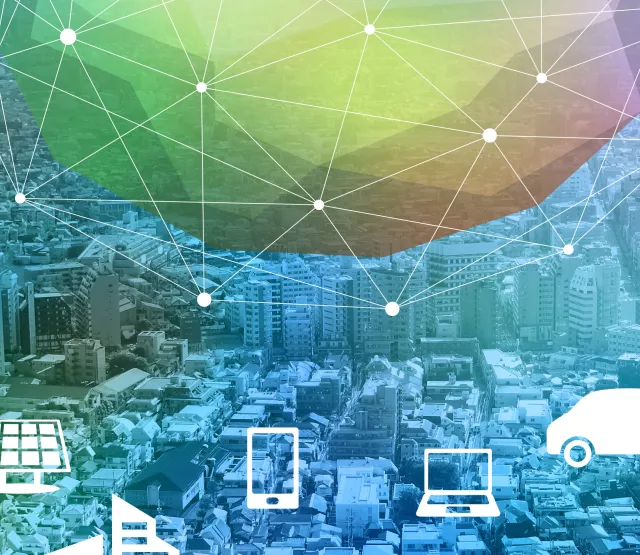
Förderjahr 2018 / Stipendien Call #13 / ProjektID: 3793 / Projekt: Data Management Strategies for Near Real-Time Edge Analytics
A comprehensive analysis on advantages of having the intermediate layer consisting of edge data centers close to the network edge shows that it is necessary for data intensive IoT applications to place some analytics closer to the data source.
Integration of IoT and Cloud
Regarding integration of IoT sensors and cloud computing systems, authors in [1] discussed scenarios where large streams of data and a short response time of analytics is required. Further, they provide an overview of four macro objectives in interconnecting IoT and cloud concepts including integration, configuration, communication and security. Since IoT devices are usually not equipped with powerful resources needed for data processing, edge computing has been proposed as a novel methodology for exploitation of computation, storage and networking resources across cloud boundaries. This is also discussed by several authors in [2] and [3].
Offloading tasks from resource-limited devices to more powerful nodes in proximity
Regarding enabling IoT and mobile devices to extend their computing power and storage by offloading computation or data to more powerful servers on single-hop proximity such as edge nodes [4], authors in [5] proposed first catalog of architectural tactics for cyber-foraging. Cyber-foraging depicts architecture elements helping to extend battery life and improve computational capabilities of the mobile sensors and devices in the future.
Distributed edge infrastructure can reduce bandwidth usage and high costs of data transmission
Recent technological advances have disrupted the current centralized cloud computing model by moving cloud resources close to users, as it is examined in [6]. Proposed osmotic computing depicts the dynamic management of services and micro services across cloud data centers and edge nodes. As depicted before, an edge node represents a small data center at the network edge. A comprehensive analysis of the advantages of having the intermediate layer consisting of these edge data centers close to the network edge has been done also by [7]. The results show that for data intensive applications it is inevitable to place data processing tasks close to the source of data. Additionally, this approach can reduce energy consumption affected by data transmission, storage and processing of big data. Edge computing can provide a distributed infrastructure at the edge of the Internet where edge nodes have limited resources. Authors in [8] examined scheduling strategies to cope with different application classes according to demands coming from mobile users.
Although, there is a number of studies, the state-of-the-art still lacks contributions in efficient data management strategies for near real-time edge analytics.
References:
[1] Villari, Massimo, et al. "Leveraging the internet of things: Integration of sensors and cloud computing systems." (2016): 9764287.
[2] Bittencourt, Luiz F., Omer Rana, and Ioan Petri. "Cloud computing at the edges." International Conference on Cloud Computing and Services Science. Springer, Cham, 2015.
[3] Baccarelli, Enzo, et al. "Fog of everything: Energy-efficient networked computing architectures, research challenges, and a case study." IEEE access 5 (2017): 9882-9910.
[4] De Maio, Vincenzo, and Ivona Brandic. "First hop mobile offloading of dag computations." 2018 18th IEEE/ACM International Symposium on Cluster, Cloud and Grid Computing (CCGRID). IEEE, 2018.
[5] Lewis, Grace A., and Patricia Lago. "A catalog of architectural tactics for cyber-foraging." Proceedings of the 11th International ACM SIGSOFT Conference on Quality of Software Architectures. ACM, 2015.
[6] Villari, Massimo, et al. "Osmotic computing: A new paradigm for edge/cloud integration." IEEE Cloud Computing 3.6 (2016): 76-83.
[7] Mehta, Amardeep, et al. "How beneficial are intermediate layer data centers in mobile edge networks?." Foundations and Applications of Self* Systems, IEEE International Workshops on. IEEE, 2016.
[8] Bittencourt, Luiz F., et al. "Mobility-aware application scheduling in fog computing." IEEE Cloud Computing 4.2 (2017): 26-35.







